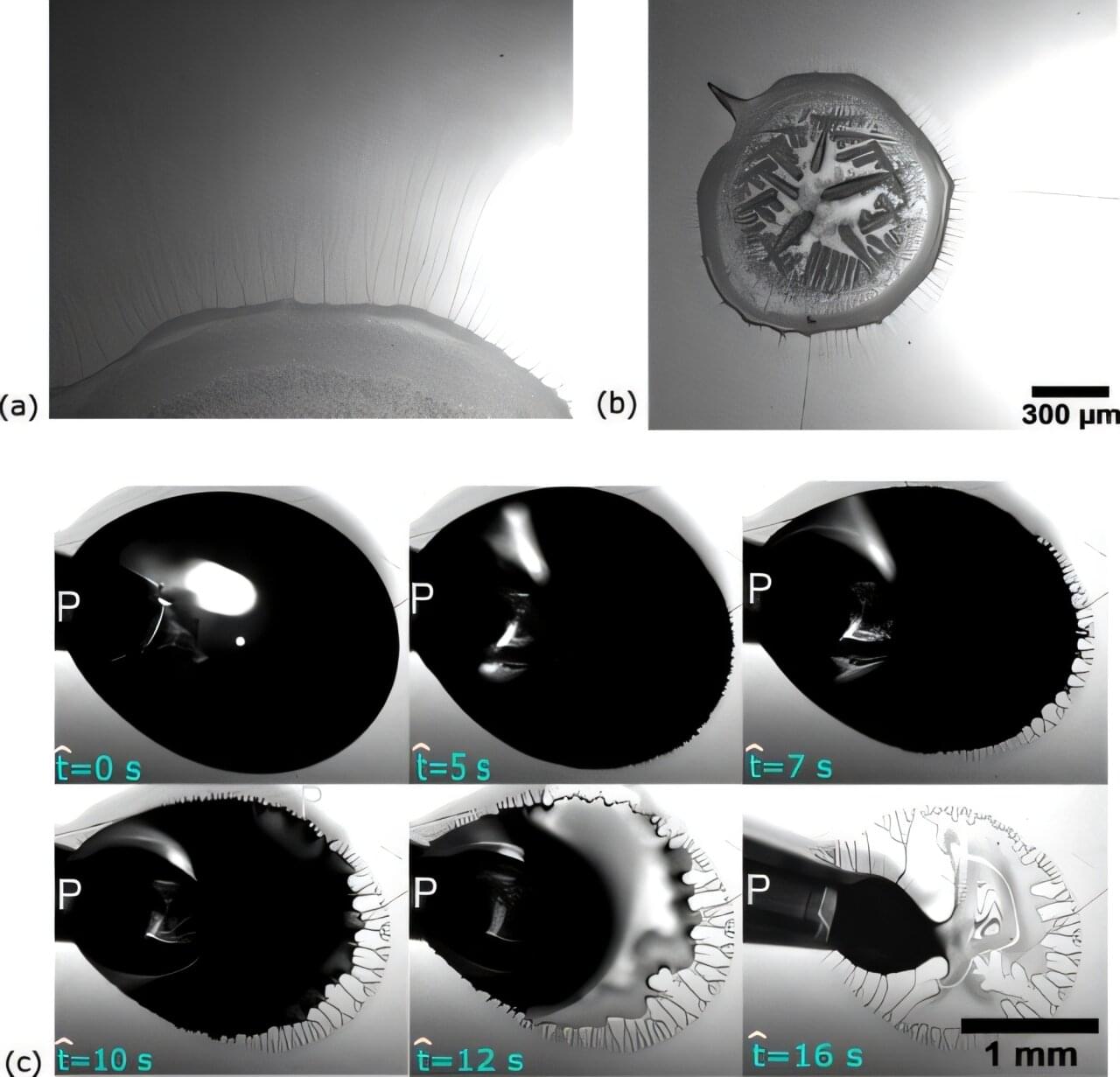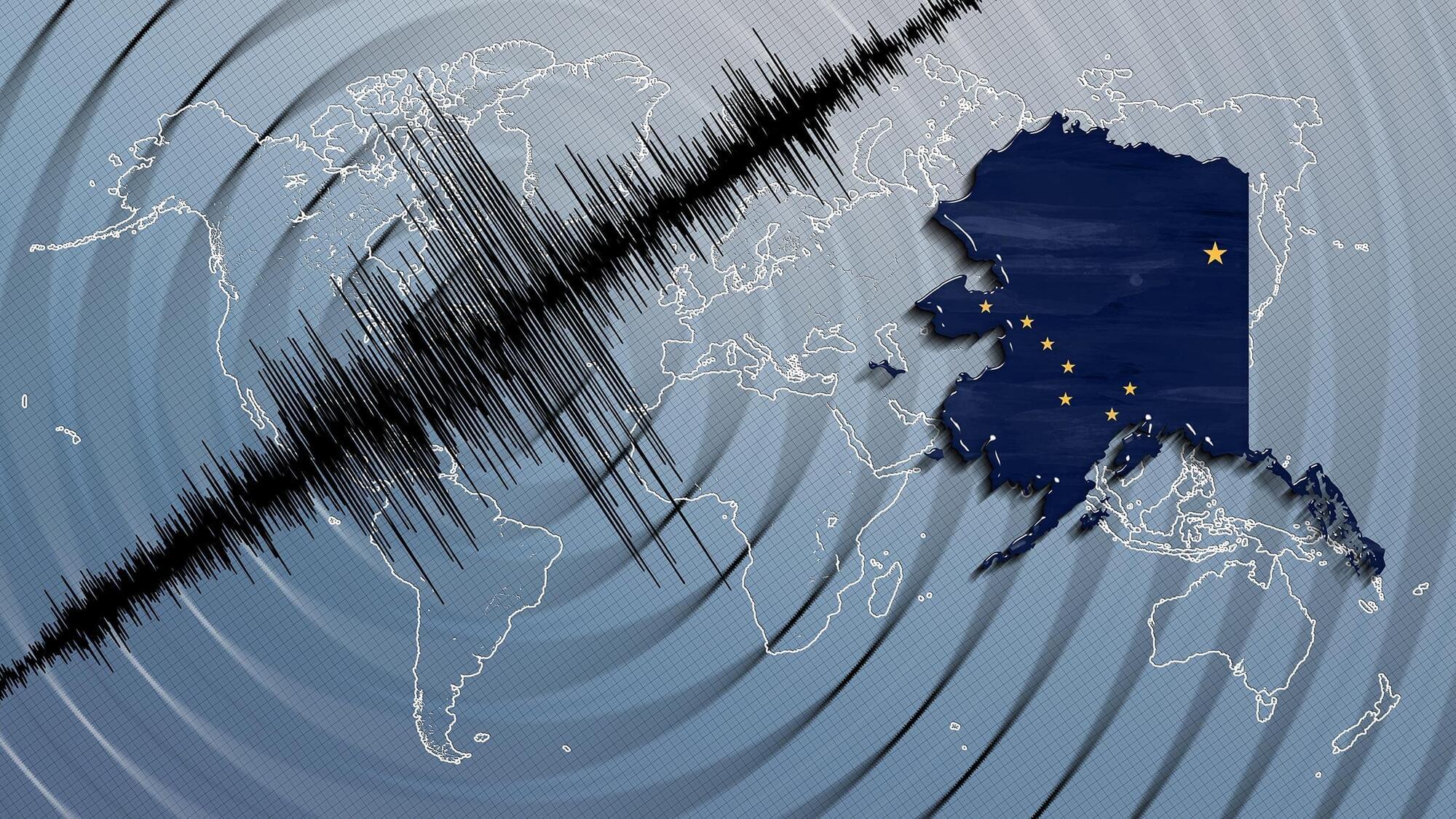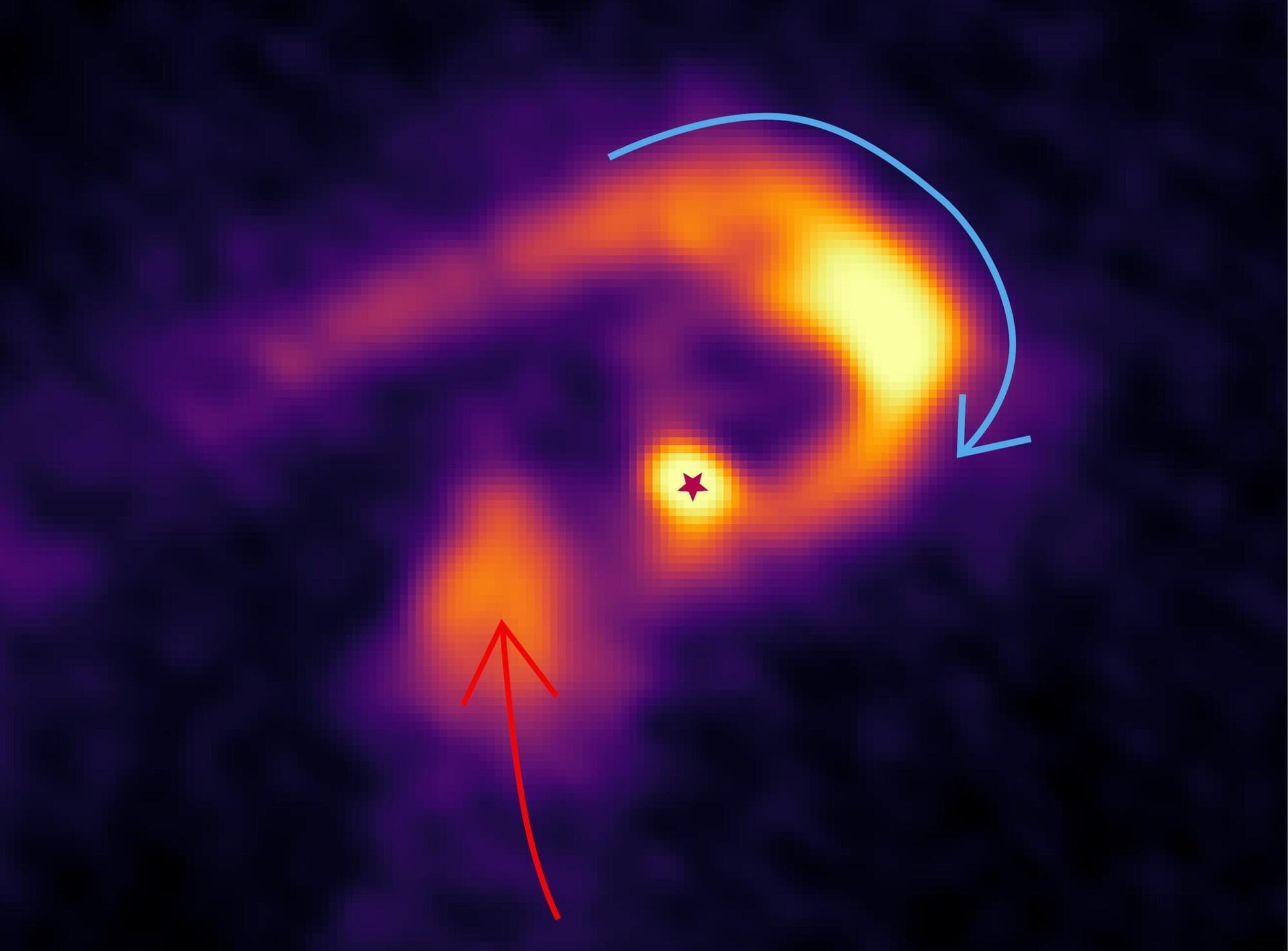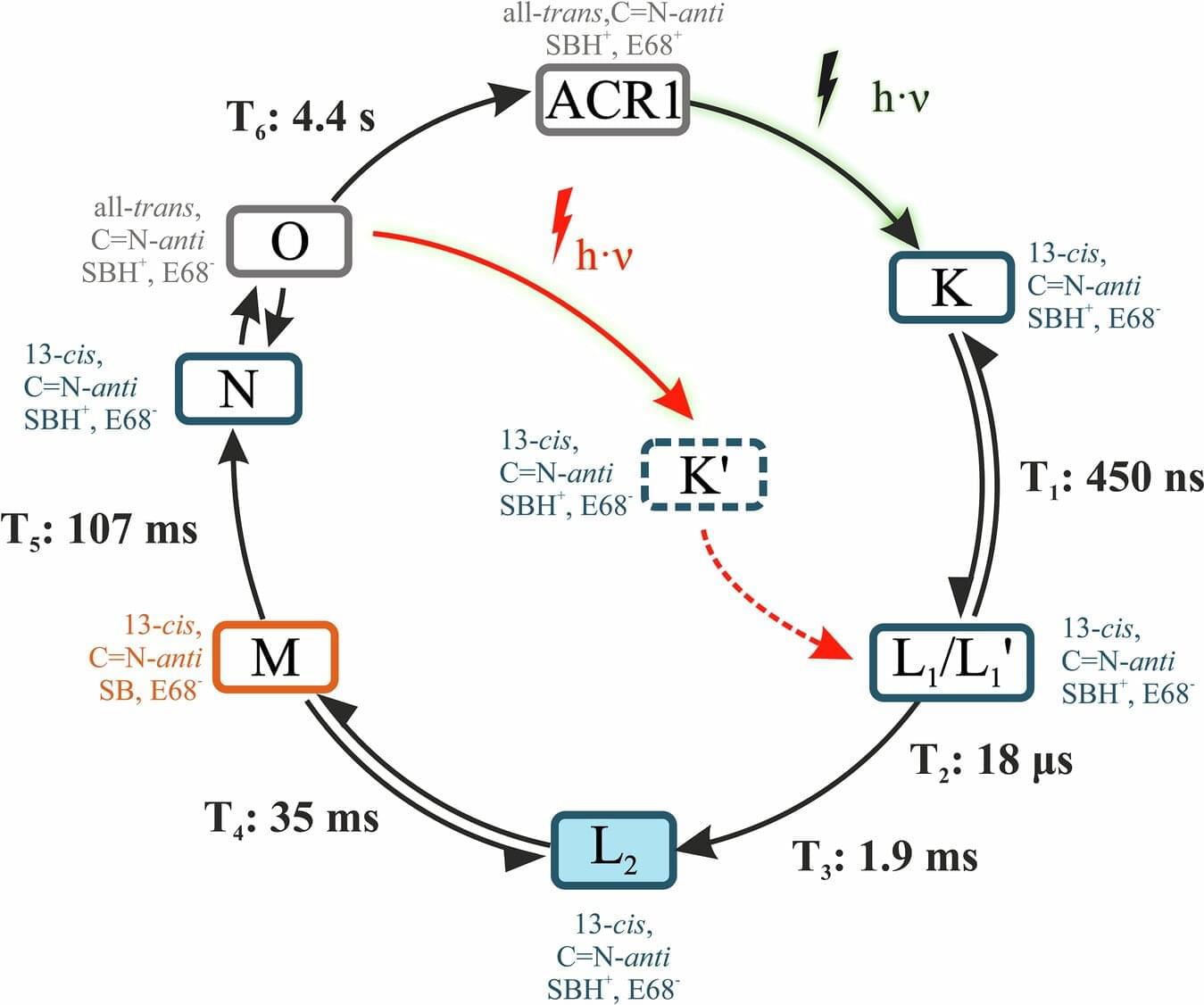A recent Cambridge study reveals why sticky liquids don’t always spread evenly, knowledge that could help cut waste, improve product quality and make everyday technologies more reliable.
The research, led by Ph.D. student Saksham Sharma in the Particles, Soft Solids and Surfaces research group, has shown that there is a critical thickness where a retreating liquid film becomes unstable. Below this thickness, the film breaks apart and leaves evenly spaced lines of liquid as it retreats.
The study, published in Physical Review Fluids last month, highlights a delicate balance of forces. The properties of the liquid, the surface it is drawn across and the speed at which it recedes all combine to decide whether a film will stay smooth or split.








